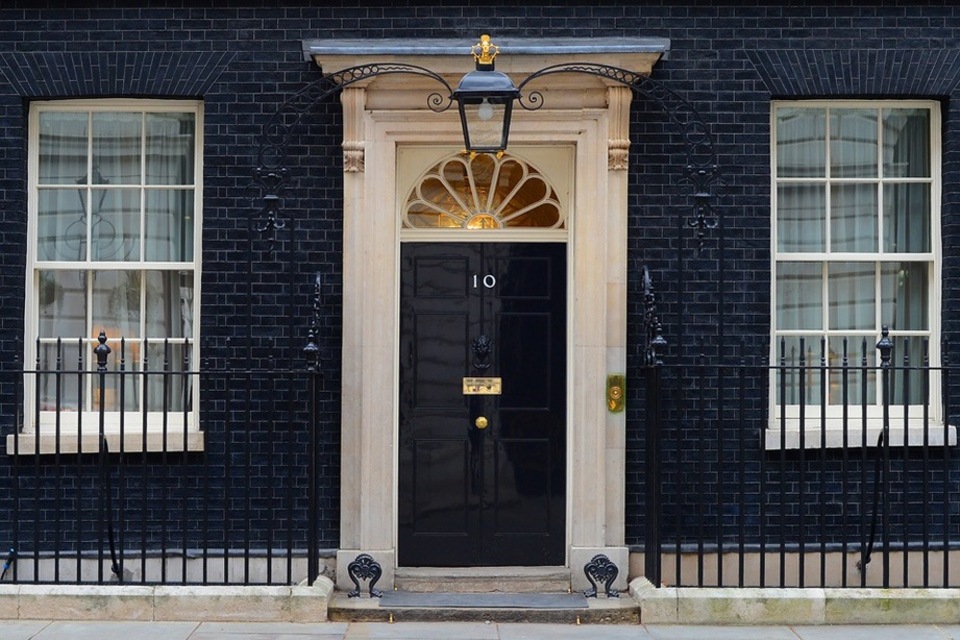Why Eating Foods in a Certain Order Could Help Control Blood Sugar and Cravings
Some wellness influencers say that eating your meal in a specific order—having fiber and fats before carbs—can help reduce blood sugar spikes, improve inflammation, and boost energy levels.
Planning your meal this way can be tricky,but experts say there could be real benefits to meal sequencing.
Meal sequencing, or nutrient-sequencing, is broken down into three components: vegetables or fiber first, then protein and fat, and ending with carbohydrates.
"You want to start with a non-starchy vegetable—something like your leafy greens, broccoli, or cucumbers," said Jessica Hernandez, RD, LD, a registered dietitian, certified health coach, and certified diabetes care and education specialist at the Ohio State Wexner Medical Center.
Eating these foods first helps slow digestion and keep blood sugar levels low. After finishing the fiber-rich foods, it's time to move on to the protein and fats in your meal.
"It could be chicken, fish, tofu, eggs, olive oil, or the avocado on your plate. Just like your fiber, these will support your blood sugar levels, keep you full, and actually help with your satiety levels," she said.
Finally, finishing with starches and sugars, like bread, pasta, or fruit, reduces the likelihood of sharp spikes in blood sugar levels, according to Hernandez.
The main benefit of meal sequencing is blood sugar control. Blood sugar levels rise after you eat. Your body releases the hormone insulin to help store glucose from food, but this process does not work as well for people with diabetes. Having high blood sugar levels can eventually lead to health problems like heart and kidney disease.
A 2022 study found that encouraging people with diabetes to eat vegetables before carbs significantly helped these individuals control their blood sugar levels.
Closely monitoring blood sugar is essential for people with diabetes. Meal sequencing will have a more dramatic effect for people with diabetes or glucose concerns, according to Hernandez.
"But really, I feel like anybody can benefit from improving satiety levels and energy levels, even down to your digestion, too," she told Verywell.
Followers of biochemist and wellness influencer Jessie Inchauspé, known as the Glucose Goddess, are likely familiar with meal sequencing.
Inchauspé did not invent this practice, but she advocates for eating foods in the "right order" to control post-meal blood sugar spikes, brain fog, and bloating. Thanks to her large social media presence, Inchauspé has helped make meal sequencing a popular wellness trend.
To check if meal sequencing works, some people wear a continuous glucose monitor to track their blood sugar levels at home. Two hours after a meal, people without diabetes should have glucose levels below 140 mg/dL.
Stress, age, and exercise can impact glucose levels. Keep in mind that the glucose monitor devices were designed for people with diabetes, and results are not always accurate.
"There's an error margin on these products. It's designed to detect highs and lows. For example, your glucose could be 140 if you don't have diabetes, but the monitor could easily say it's 170," said Gene Arnold, MS, RD, CDCES, the Diabetes Self-Management Training (DSMT) Program Director at Johns Hopkins University School of Medicine.
That's the difference between normal and not as normal," he added.
Meal sequencing is not right for everyone. If you become preoccupied with perfecting your meal sequencing routine, you may be experiencing disordered eating.
"It doesn't have to be perfect for every single meal, but I think that you could still get some benefits, even if it's one meal a day, two meals a day," registered dietitian Hernandez said.
If you decide to try meal sequencing, it's also important not to use this to replace other diabetes management strategies.
"Research does not support meal sequencing as superior to current guidance for managing diabetes and other health conditions," Emma M. Laing, PhD, RDN, FAND, a clinical professor and director of dietetics at the University of Georgia, told Verywell.
However, people without diabetes may eat more vegetables or feel full sooner with this practice, Laing said. "While meal sequencing has the potential to benefit health, it is not a guaranteed strategy."
Meal sequencing is eating vegetables or fiber-rich foods first, followed by protein and fats, and then carbohydrates. Experts say this can help you eat more vegetables, keep your blood sugar from spiking, and improving satiety. But, it's not right for everyone.











